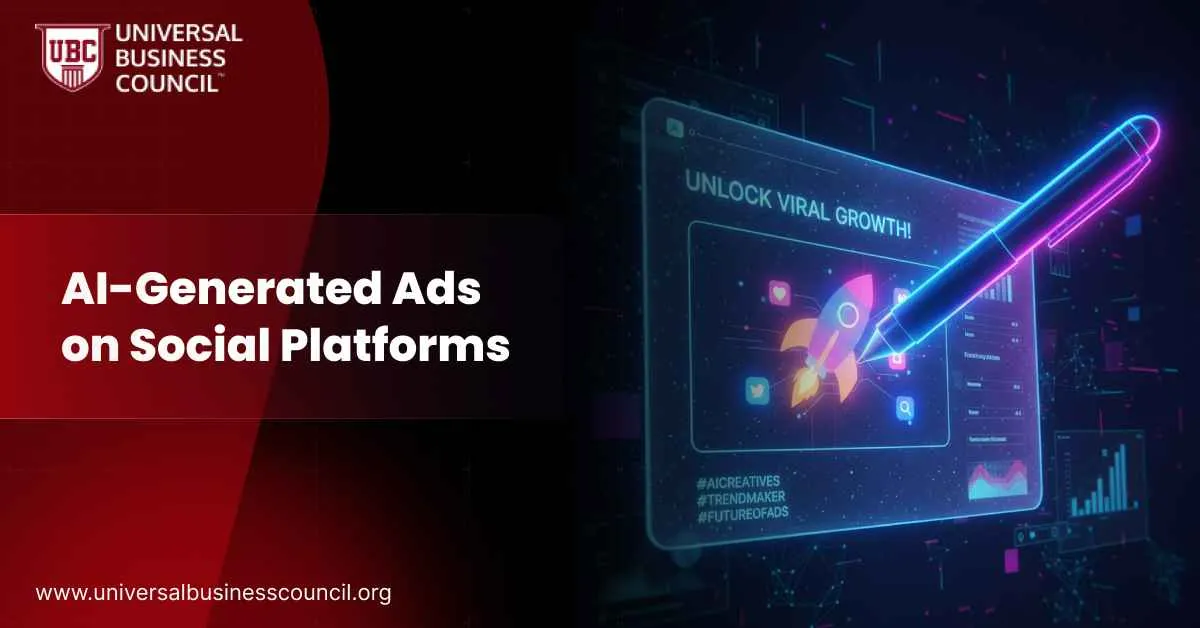 Advertising on social media is entering a new phase where AI doesn’t just optimize campaigns—it creates them. From Facebook to Instagram and TikTok, advertisers now have access to tools that can automatically generate ad images, videos, copy, and even targeting strategies. The idea is simple: brands provide minimal input, and AI handles the rest, producing polished ads at scale. For professionals who want to understand how to connect these innovations to real business outcomes, a Marketing and Business Certification offers practical training.
Advertising on social media is entering a new phase where AI doesn’t just optimize campaigns—it creates them. From Facebook to Instagram and TikTok, advertisers now have access to tools that can automatically generate ad images, videos, copy, and even targeting strategies. The idea is simple: brands provide minimal input, and AI handles the rest, producing polished ads at scale. For professionals who want to understand how to connect these innovations to real business outcomes, a Marketing and Business Certification offers practical training.
What AI-Generated Ads Really Mean
AI-generated ads are campaigns where most of the creative process is automated. Instead of hiring designers and videographers for every ad, businesses use AI platforms that produce professional visuals, captions, and calls-to-action within minutes. Tools like Meta’s Advantage+, AdCreative.ai, and Quickads.ai allow brands to test multiple ad variants instantly, saving time and reducing costs. In some cases, AI even predicts which creatives will perform best before they run live. Meta has already signaled that by 2026 it intends to fully automate ad creation and targeting. Advertisers will simply provide a budget and high-level goals, and AI will take care of everything—design, messaging, and delivery.Platforms and Tools Driving the Shift
Meta: Facebook and Instagram
Meta is leading with its Advantage+ suite, which uses AI to automatically create and optimize ads. These tools handle creative variations and allocate budget across the best-performing campaigns.AdCreative.ai
This platform generates ad banners, videos, and product photoshoots, while also providing predictive analytics to identify which ad is most likely to succeed.Creatify.ai
Built for speed, Creatify.ai produces user-generated content (UGC)-style ads from a simple product link. It can generate multiple short-form video ads and add lifelike AI avatars.Quickads.ai
Quickads.ai creates image and video ads using AI to adjust backgrounds, visuals, and text automatically. The tool is built for rapid production across platforms like Facebook, Instagram, and TikTok.Omneky
Omneky combines AI-generated creatives with performance data. It generates thousands of ad variations, tests them across channels, and ensures brand-safe execution.Why Businesses Are Adopting AI Ads
The appeal lies in speed, scale, and cost. AI can generate dozens of ad versions in minutes, something that would take a creative team days or weeks. Smaller businesses benefit most, as they can now compete with larger brands without needing big budgets. The benefits go further:- Faster Testing: AI can A/B test minor creative differences like color or headline at scale.
- Lower Costs: Reduces dependence on expensive studios and agencies.
- Personalization: Creatives can be adjusted automatically to suit different audience segments.
- Access to Quality: Small advertisers can produce professional ads that once required expert teams.
Real-World Examples
- Meta’s Roadmap: By 2026, businesses will be able to hand over budgets and goals to Meta’s systems, which will automatically create and target ads.
- Vodafone Campaign: The telecom giant used an AI-generated presenter in TikTok ads. While innovative, it sparked debate over authenticity and user trust.
- WebFX Case Studies: Highlight how brands are using generative AI to create surreal, eye-catching social ads that drive engagement.
- Yelp’s AI-Stitched Videos: Although not pure ad campaigns, Yelp’s use of AI to stitch customer photos into short narrated clips shows how automated ad content is moving mainstream.
Challenges and Risks
- Authenticity Concerns: AI-generated faces or avatars sometimes feel “off,” risking audience backlash.
- Brand Safety: Without human oversight, AI tools can generate content misaligned with brand identity.
- Over-Automation: Too much reliance on templates can lead to repetitive or generic creatives.
- Transparency: Consumers are increasingly calling for clear disclosure when ads are AI-generated.
- Platform Dependency: Businesses that lean too heavily on AI automation may struggle if algorithms or policies change.
AI-Generated Ads on Social Platforms
| Element | Explanation |
| Definition | Ads where AI creates creative assets, captions, and sometimes targeting automatically |
| Core Platforms | Facebook, Instagram, TikTok, YouTube Shorts |
| Tools | Meta Advantage+, AdCreative.ai, Creatify.ai, Quickads.ai, Omneky |
| Benefits | Speed, scalability, lower cost, accessibility, personalization |
| Real-World Examples | Vodafone TikTok ad, Meta’s 2026 plan, WebFX case studies |
| Challenges | Authenticity, brand safety, over-automation, disclosure issues |
| Emerging Practices | Predictive ad performance, AI avatars, automated A/B testing |
| Metrics | Click-through rate, cost per acquisition, creative engagement |
| Small-Business Edge | Allows SMBs to produce high-quality ads without big budgets |
| Future Outlook | Fully automated ad ecosystems integrated into social platforms |
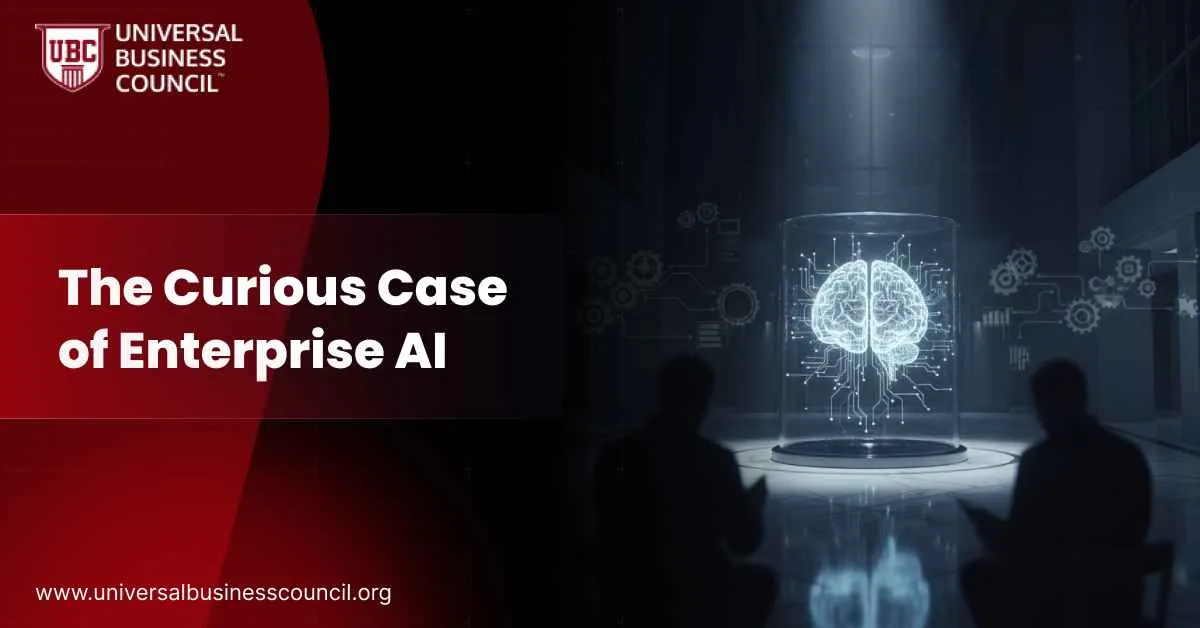
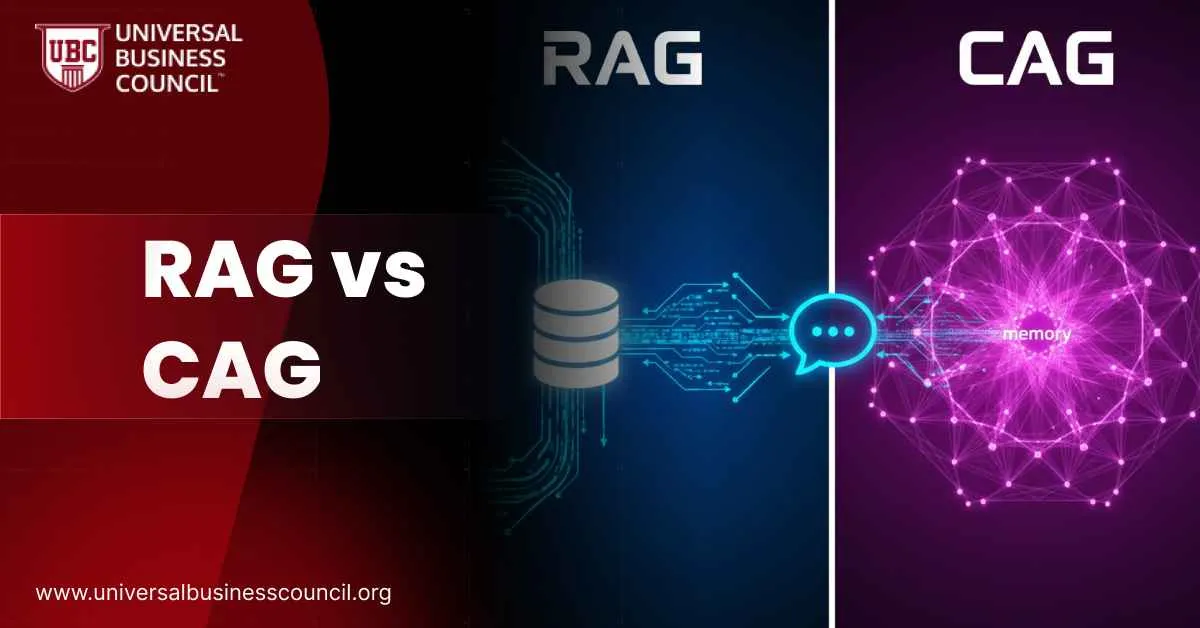
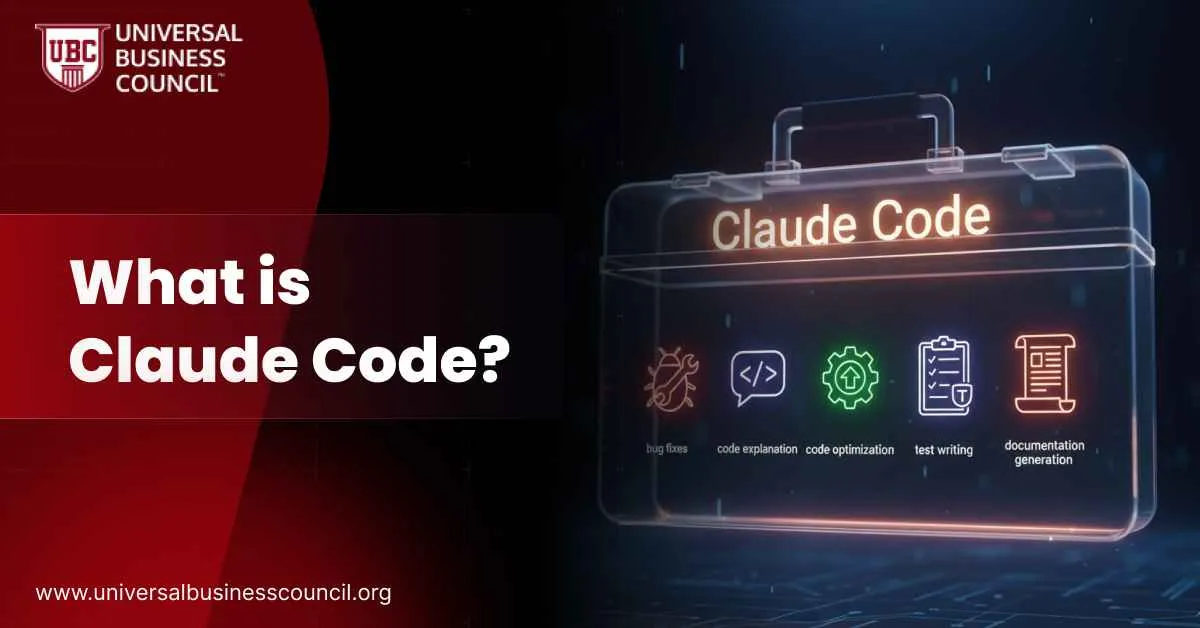
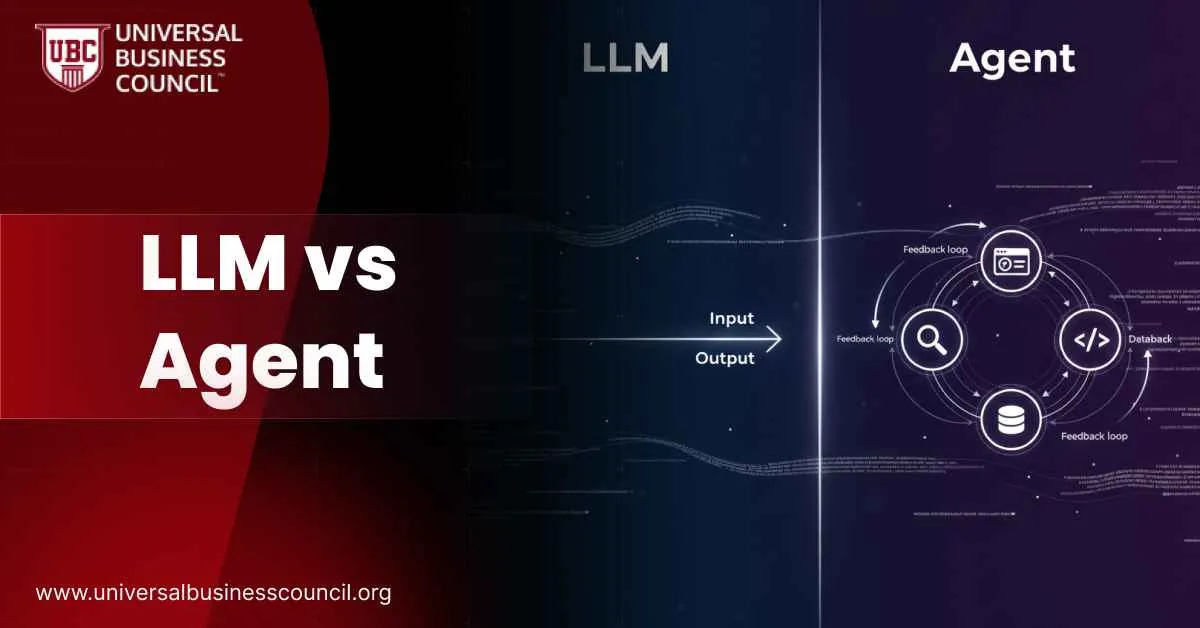
Leave a Reply